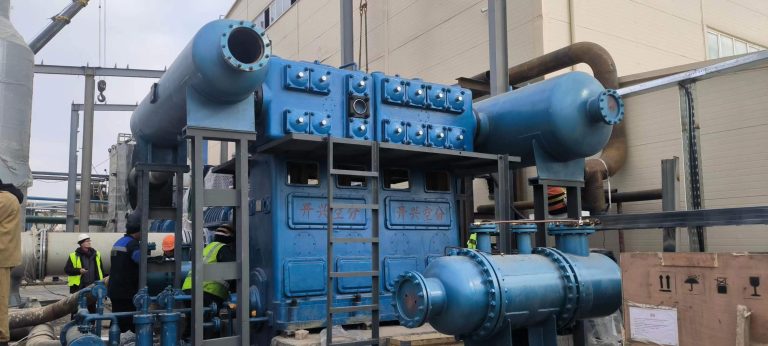
The definition of heat is clear and precise, while the concept of cold lacks an accurate definition. Although this does not affect our calculation of the so-called cold balance (which is essentially a heat balance), it is regrettable that the concept of cold should undoubtedly be a corresponding and opposite concept to heat. If it fails to reflect these relatively opposing characteristics, then it cannot be considered perfect. Hot and cold are expressions of molecular motion in the process of thermal equilibrium, where at absolute zero temperature, molecules are completely at rest with zero enthalpy and no heat transfer occurs. Based on this understanding, whether an object is hot or cold depends on whether its enthalpy value exceeds zero; thus explaining why the so-called cold balance is actually a heat balance. Heat can also be defined as relative enthalpy, which differs from absolute enthalpy in terms of reference point selection. Absolute enthalpy uses absolute zero as its reference point, whereas relative enthalpy can theoretically use any temperature as its reference point; commonly using ambient temperature as the reference point. An object above ambient temperature is considered hot with positive relative enthalpy value indicating heat gain, while an object below ambient temperature is considered cold with negative enthalpy value indicating heat loss. Based on this understanding, we can provide a clear definition for cooling capacity: it refers to the amount of heat required to raise an object’s temperature from below ambient to ambient level – representing the amount of “coldness” possessed by that object. Therefore, without first explaining the definitions for environment and cooling capacity in cryogenic air separation textbooks, comprehending concepts related to cooling volume balance becomes challenging and abstract.






